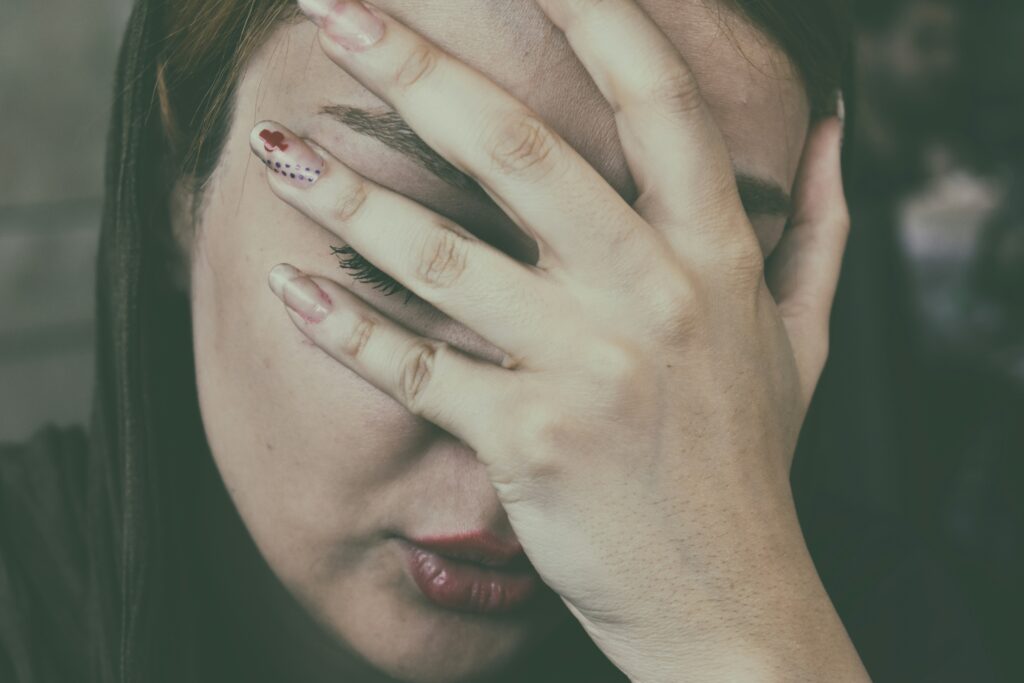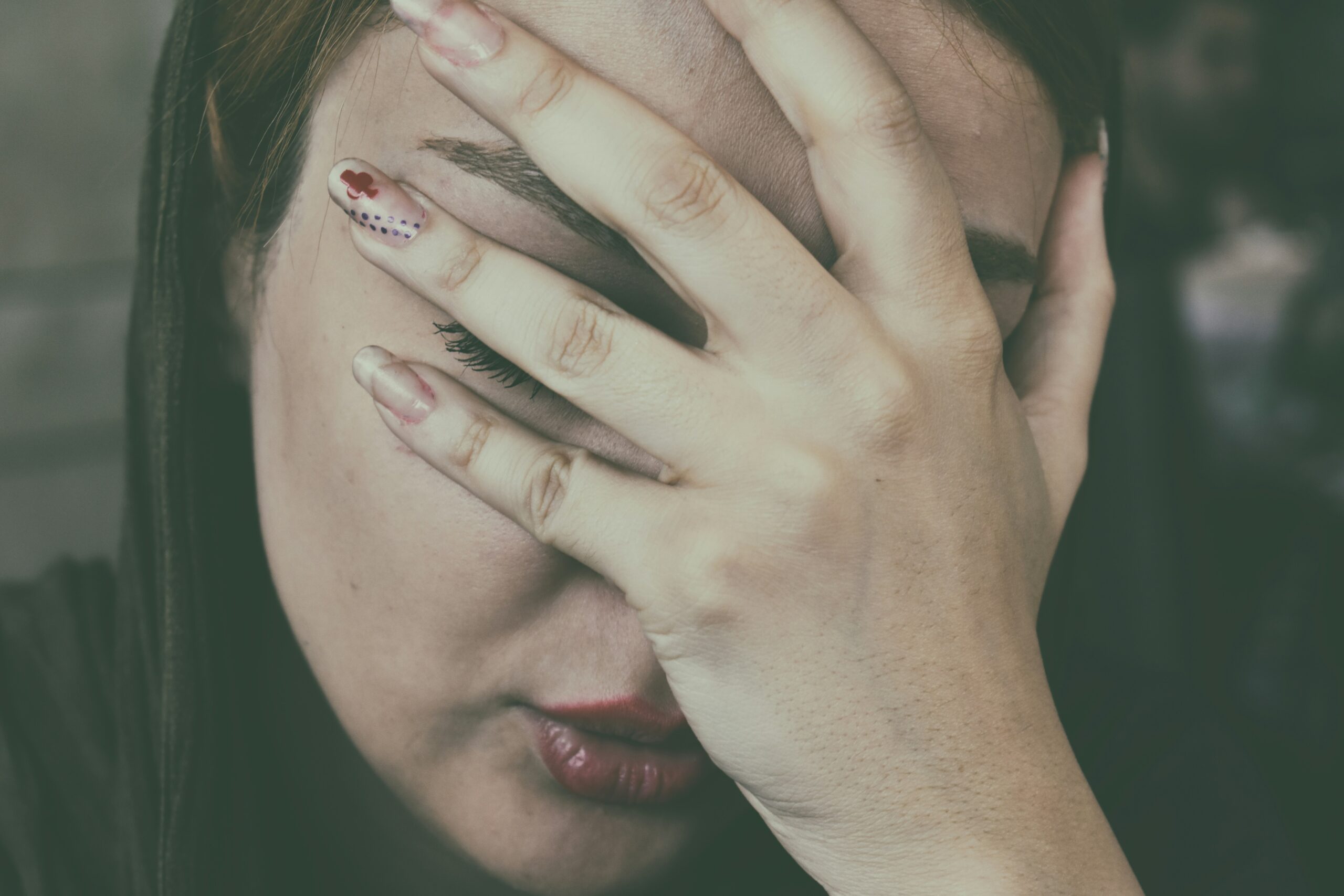Cluster headaches are a rare type of headache that is very painful and occurs continuously as frequent attacks during specific periods known as clusters. These headaches can also wake people from sleep by causing a characteristic intense pain on one side of the head. Also, it can be near the eye and is accompanied by symptoms like tearing nasal congestion, and restlessness.

The periods during which the cluster headaches occur usually last from weeks to months. And it is generally followed by a headache-free period, which may last for months or years. Usually, when you get this headache, it can last 15 minutes to three hours and often come on suddenly. At the same time, attacks typically occur on the same day or night. Usually, medical management can shorten the periods of frequent cluster headache attacks. Lessen the number of cluster headaches you get and reduce pain intensity.
What are the Types of Cluster Headaches?
Typically, cluster headaches can be classified into two primary types.
- Episodic cluster headaches
- Chronic cluster headaches
Those types are based on the pattern and frequency of headache attacks.
Episodic Cluster Headaches:
Episodic type is the most common and experienced by the majority of patients. This type of cluster headache is characterized by distinct periods of headache attacks separated by headache-free periods. Usually, if you are having this type of cluster headache, you will experience daily attacks for several weeks to a few months. But once the cluster period is over, there may be a period with no headache that can last for months or even years.
Chronic Cluster Headaches:
This type is less common but more challenging due to the persistent nature of headaches. You will experience daily or near-daily headache attacks for over a year without a significant headache-free period.
However, it is essential to realize that both cluster headaches share similar characteristics in intensity and nature of the pain and associated symptoms. In contrast, the chronic type can be more debilitating as it persists for an extended period without remission.
What are the Causes of Cluster Headache?
The exact reason for getting cluster headaches has yet to be fully understood. However, the mentioned factors have been identified as the development of cluster headaches,
- Genetic
- Neurological
- Environmental factors
There is a theory which suggests the involvement of the hypothalamus in the occurrence of cluster headaches. The hypothalamus is a small region situated deep in the brain, and changes in its activity have been observed during cluster headache attacks.
It has also been identified that some individuals may have a genetic predisposition to developing these headaches.
Certain environmental and lifestyle factors, such as alcohol consumption, changes in sleep patterns, high-altitude travel, and specific foods, are also identified as triggering factors for cluster headaches.
Also, some people may experience changes in the frequency and severity of cluster headaches due to hormonal fluctuations, especially women who may experience cluster headaches during menstruation.
Some abnormalities in the nerves in your head and neck area may also contribute to the increased severity of cluster headaches.
What are the Symptoms of Cluster Headaches?
- Severe, excruciating pain which is usually described by most people as a burning, piercing, or stabbing sensation often concentrated around the eye, temple, or forehead on one side of the head.
- Usually, these headaches last for a short duration, between 15 minutes and three hours. Attacks are typically shorter than other types of headaches like migraines.
- Cyclical pattern is another significant feature which results in a series of attacks happening over a period of several weeks to a few months.
- Characteristic timing at the same time each day or night while night attacks waking you up from sleep are common.
- Associated symptoms such as tearing of the eye (lacrimation), runny or congested nose on the affected side, drooping of the eyelid, pupil constriction and sweating on the forehead or face.
- If you are having cluster headaches, you will often be present with restlessness and agitation during an attack with behaviors such as pacing or rocking back and forth.
- The pain is typically on one side of the head and does not switch sides during a single cluster period, although some individuals may experience different sides in different cluster periods.
How to Diagnose ?
1. Initially your healthcare provider takes a detailed medical history, including a description of your headache symptoms, their duration, frequency, and any associated features in order to differentiate the cluster headaches from other types of headaches. They may also ask about your family history, and lifestyle factors and will look for any triggering factors associated with your lifestyle and behaviors.
2. Next, your medical officer will do a thorough physical examination to check for any neurological abnormalities or to assess the presence of any associated factors characteristic of cluster headaches, such as tearing, nasal congestion, and ptosis during a headache attack.
3. Special Investigations
- Magnetic resonance imaging (MRI)
- Computed tomography (CT) scan of the brain
are used to rule out other underlying conditions that could be causing your symptoms, like a tumor or any structural abnormalities of the brain.
- Various types of sleep studies can also be used to evaluate the role of sleep in your headaches.
- Diagnosing cluster headaches is often confirmed by evaluating your response to specific headache medications. The diagnosis can be confirmed if you respond well to drugs commonly used to treat cluster headaches.
5. You will be advised to maintain a headache diary documenting the frequency, duration, and severity of your headache attacks and any potential triggers or patterns. This diary can provide helpful information for your healthcare provider in making a diagnosis.
6. Eventually you will be referred to a headache specialist for further assessment and confirmation of the diagnosis.

How are Cluster Headaches Managed?
1. If you are having an acute attack with severe excruciating pain you will be given the following;
– Abortive medications or symptomatic therapy, which includes drugs such as Triptans, such as sumatriptan, and oxygen therapy, are used to relieve the pain and shorten the duration of a cluster headache attack, typically fast-acting treatments.
– Pain relievers, such as high-flow oxygen or local anesthetics, may also alleviate pain during an attack.
2. If you have been diagnosed with cluster headaches, you will be prescribed preventive medications to reduce the frequency and severity of cluster headache attacks, especially during cluster periods.
– Common preventive medications include verapamil, lithium, corticosteroids, and antiepileptic drugs (e.g., topiramate). Usually, these medications are decided depending on the individual’s response and tolerability.
3. You will be advised to implement several lifestyle modifications to avoid the triggering factors of headaches, such as alcohol, specific foods, or changes in sleep patterns. Avoiding these factors can help reduce the risk of cluster headache attacks.
– Maintaining a consistent sleep schedule can be crucial in managing cluster headaches.
4. Supplemental Therapies such as oxygen therapy, which includes inhaling 100% oxygen through a mask at a high flow rate, can relieve a cluster headache attack.
5. Occipital nerve block: This procedure involves injecting a local anesthetic and steroid into the occipital nerve to reduce pain. This procedure is usually used when other medical aspects of treatments have failed.
6. Alternative treatments like acupuncture, biofeedback, or relaxation techniques may offer some relief for some individuals, although their effectiveness can vary from person to person.
7. Support groups and counselling can help you to cope with the emotional and psychological aspects of living with cluster headaches. Sharing experiences with others who have similar conditions can be helpful to motivate you to face this disease with courage.
8. You will have to meet your medical officer regularly with the purpose of medication review if you’re taking medications that may trigger or worsen cluster headaches, such as nitroglycerin. You must discuss potential alternatives for those medications with your healthcare provider.
9. If your cluster headaches are particularly severe, frequent, or challenging to manage, it is best to consult a headache specialist or neurologist with expertise in headache disorders, as they can offer advanced treatment options and therapies tailored to your specific needs.
How to Prevent ?

Preventive medications can be prescribed by a healthcare provider regularly without missing doses. Those medications may include;
– Verapamil
– Lithium
– Corticosteroids
– Antiepileptic drugs (e.g., topiramate)
– Calcium channel blockers
- Alcohol Avoidance is vital as many individuals with cluster headaches find that alcohol, particularly red wine, can trigger or worsen attacks. Hence, reducing or avoiding alcohol consumption, especially during a cluster period, is essential.
- Smoking is a known risk factor for cluster headaches. Quitting smoking can lead to a significant reduction in the frequency and severity of attacks.
- Stress is a potential trigger for cluster headaches. Stress-reduction techniques like relaxation exercises, meditation, and deep breathing may help prevent attacks.
- Maintaining a balanced and healthy diet may contribute to overall well-being, while identifying and avoiding specific trigger foods will also be beneficial.
- Engaging in regular physical activity can improve overall health and reduce the frequency of cluster headaches. However, vigorous exercise during a headache attack may not be advisable.
References
- Kumar and Clerk’s Clinical Medicine -8th Edition- Parveen Kumar, Michael Clark
- Oxford Handbook of Clinical Medicine – 10th Edition

